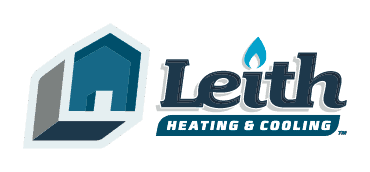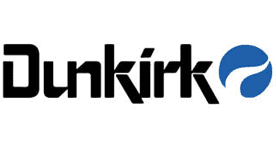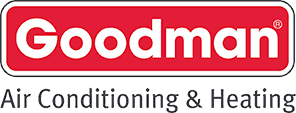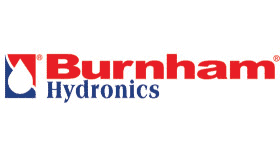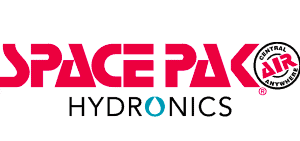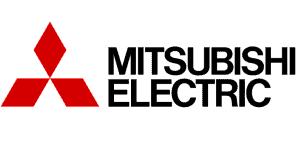Did you know consistent HVAC maintenance can save you money? Find out more when you schedule maintenance services with Leith Heating & Cooling’s trusted technicians.
Are you shopping for a new heating system to keep your home cozy this winter? Consider high-efficiency models for optimal comfort and savings. These advanced systems reuse more resources for less energy consumption, which is a great combination.
How does a high-efficiency furnace work? Since Leith Heating & Cooling specializes in services like furnace repair in Schaumburg, Illinois, the team can show you the ropes. Here’s more about how these advanced systems operate.
What Does “High-Efficiency” Mean?
Many people throw around terms like “high efficiency” without a second thought. However, it’s more than a buzzword signifying a product’s climate friendliness; it describes the following characteristics:
- Use fewer resources during an operation cycle
- Complete cycles at a faster rate than traditional models
- Reuse resources to improve overall function
- Cost less money to operate
In other words, high-efficiency machines are an opportunity to save a lot of money while reducing your household’s overall carbon footprint.
How to Measure Efficiency in Furnaces
How do you measure efficiency in a furnace? Most technicians will turn to the Annual Fuel Utilization Efficiency ratings. You can find AFUE ratings by dividing a system’s annual energy output by the amount of resources it consumes within that same year.
Systems with higher ratings provide superior comfort while using fewer resources to condition the air. Although ratings range between 0 and 100, numbers below 85 are average. A highly efficient furnace score would be above 90.
How Does a Regular Furnace Operate?
Before comparing an average furnace to an efficient model, you should understand how regular systems work. For example, traditional gas furnaces will push heated air throughout the vent network, earning them the title “forced air systems.” A return vent in the center of the building sucks the air back in before returning it to the appliance for heating.
While this system’s overall design effectively delivers heat, it wastes numerous resources. For instance, an uninsulated unit loses heat before it has a chance to circulate. It also loses heat via the flue pipe, where it releases exhaust fumes.
How Does a High-Efficiency Furnace Work?
You can choose from an electric system or a high-efficiency gas furnace. Electrical models often cost more to run, but you’ll still reap similar energy-saving benefits.
How does a high-efficiency furnace work? What does the high-efficiency furnace do differently? Here’s more from the furnace experts at Leith Heating & Cooling.
Treat Exhaust Fumes as a Heating Resource
Traditional gas furnaces allow hot exhaust fumes to escape through vents that usually open up onto your rooftop. However, this release method wastes potential resources that could improve the appliance’s heating capabilities.
New furnace models utilize the exhaust a second time. Instead of releasing it, your brand-new high-efficiency furnace will force the exhaust fumes deeper into the system to a secondary heat exchanger. There, the exchanger removes and uses the exhaust’s heat to help the circulating air reach the desired temperature before releasing the fumes through a vent in the building’s wall.
A Higher Percentage of Gas Use
Many gas furnaces only use about 80% of what they burn to heat up a building. While it seems like a lot, this percentage pales in comparison to a high-efficiency model, which burns 90% or more of this precious resource. Understandably, this increased gas usage alone translates into the following benefits:
- Shorter heating cycles
- Lower energy bills
- Fewer wasted resources
Much More Durable Materials
High-efficiency furnaces have components made from more durable materials because of the reuse of exhaust fumes. A traditional model favors aluminum alloys, which wouldn’t last long in a more efficient appliance.
As the secondary heat exchanger reuses exhaust heat, the exhaust’s contents liquefy due to heat loss. This liquid—carbon dioxide and water—easily corrodes aluminum alloys. So, in the high-efficiency units, the secondary exchanger consists of stainless steel.
Less System-Wide Heat Loss
Many homeowners install the indoor furnace unit in an unused area, such as a basement or utility room. These areas typically don’t need temperature control, but substantial amounts of heat do tend to escape into them from your traditional furnace. Unfortunately, this also means longer heating cycles to warm the rest of your family’s living spaces (and utility bills to match!).
Nowadays, manufacturers equip new furnaces with insulation to prevent excess heat from escaping. The insulation increases the temperature of the circulating air, which shortens cycles and saves energy.
Should You Consider a High-Efficiency Furnace?
How does a high-efficiency furnace work in the average household? While more efficient appliances have numerous advantages, they may not be optimal for all properties.
For example, consider the following before installing a model with higher efficiency in your home:
- Installation costs: Newer models with improved efficiency cost more than traditional models upfront. The final price depends on how your home’s square footage and local climate translate into British Thermal Units.
- Savings: While high-efficiency furnaces cost more to install, they pay for themselves via energy savings. The durable materials also last a little longer with proper maintenance.
- Overall household efficiency: While a high-efficiency furnace might lower your energy costs, it can’t carry the full weight of your household efficiency. Factors like insulation quality, window treatments, and major appliances’ efficiency heavily influence energy savings, too.
- Current furnace performance: Is your furnace operating the way it should? If so, you don’t need a brand-new model just yet. Proactively maintaining and repairing a current appliance may improve its efficiency.
If you’re interested in energy efficiency, a trusted HVAC technician like Leith Heating & Cooling can also recommend other changes aside from purchasing a new furnace.
Ask Leith Heating & Cooling About Your Financing Options
How does a high-efficiency furnace work within your budget? Leith Heating & Cooling offers myriad financing options to help you purchase the best fit. Why not contact us to schedule an installation service or discuss your financing options?
If your furnace is leaking water, it may have one of several issues. Call 847-860-7092 to request troubleshooting from Leith Heating & Cooling’s skilled HVAC repair experts today!
